Since 2014, Bright Bricks has been producing models of hospital equipment to help explain procedures to patients and make the machines seem more approachable. We went to visit University Hospital Southampton NHS Foundation Trust to discover more about how the models were being used.
We’ve made nearly 30 LEGO versions of hospital machines now, with more in the pipeline as word spreads of their impact. It started with an MRI (Magnetic resonance imaging) scanner in 2014, with a Linear Accelerator model added in 2016 and CT (Computed Tomography) scanners first built in early 2017.
Each LEGO model goes out with a set of minifigs so that the hospital staff can illustrate exactly what will happen, although staff seemed to suggest the younger patients soon take over the demonstration!
This has proved popular with under-10 patients, but is also frequently used for patients with special needs or when there is a language barrier.
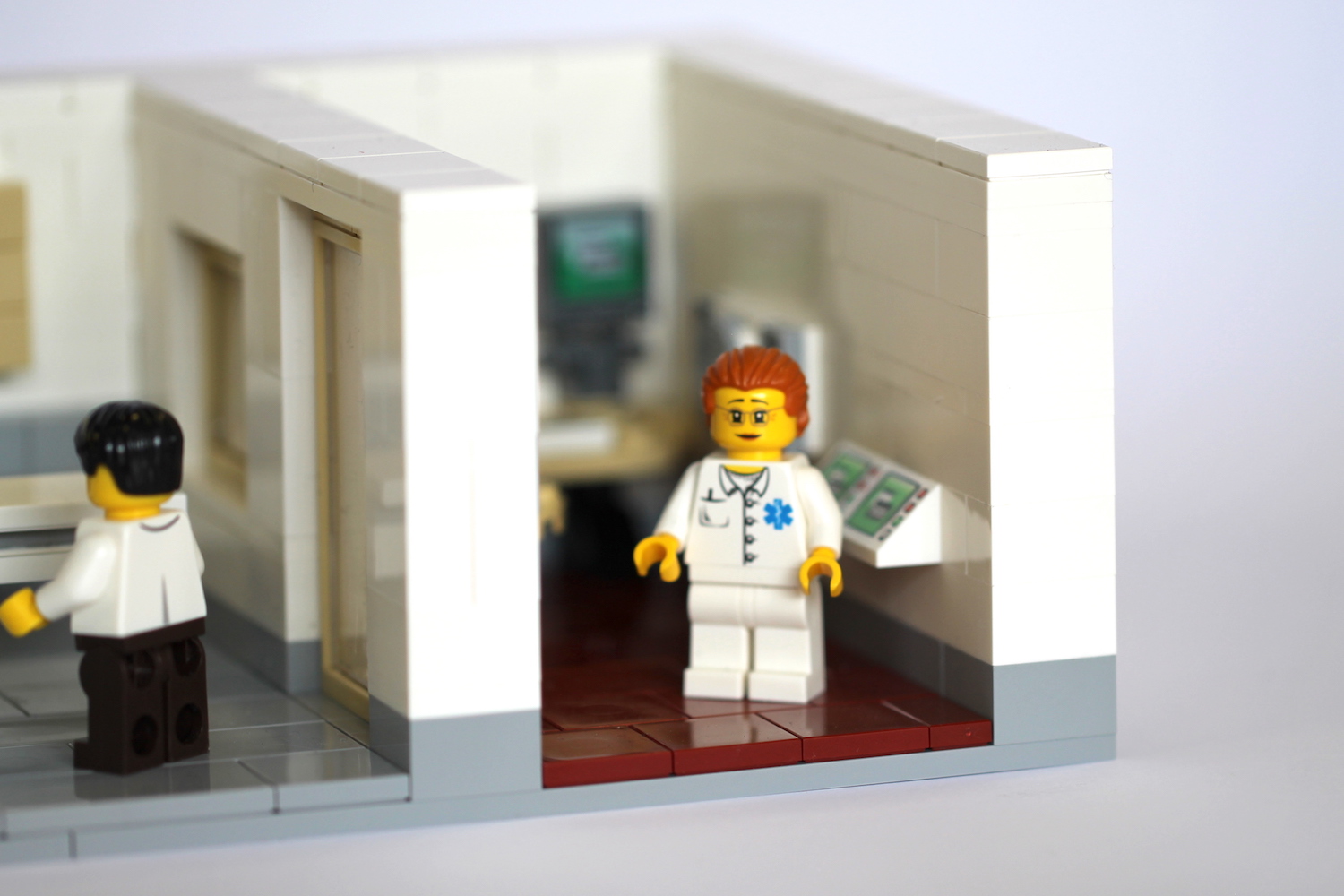
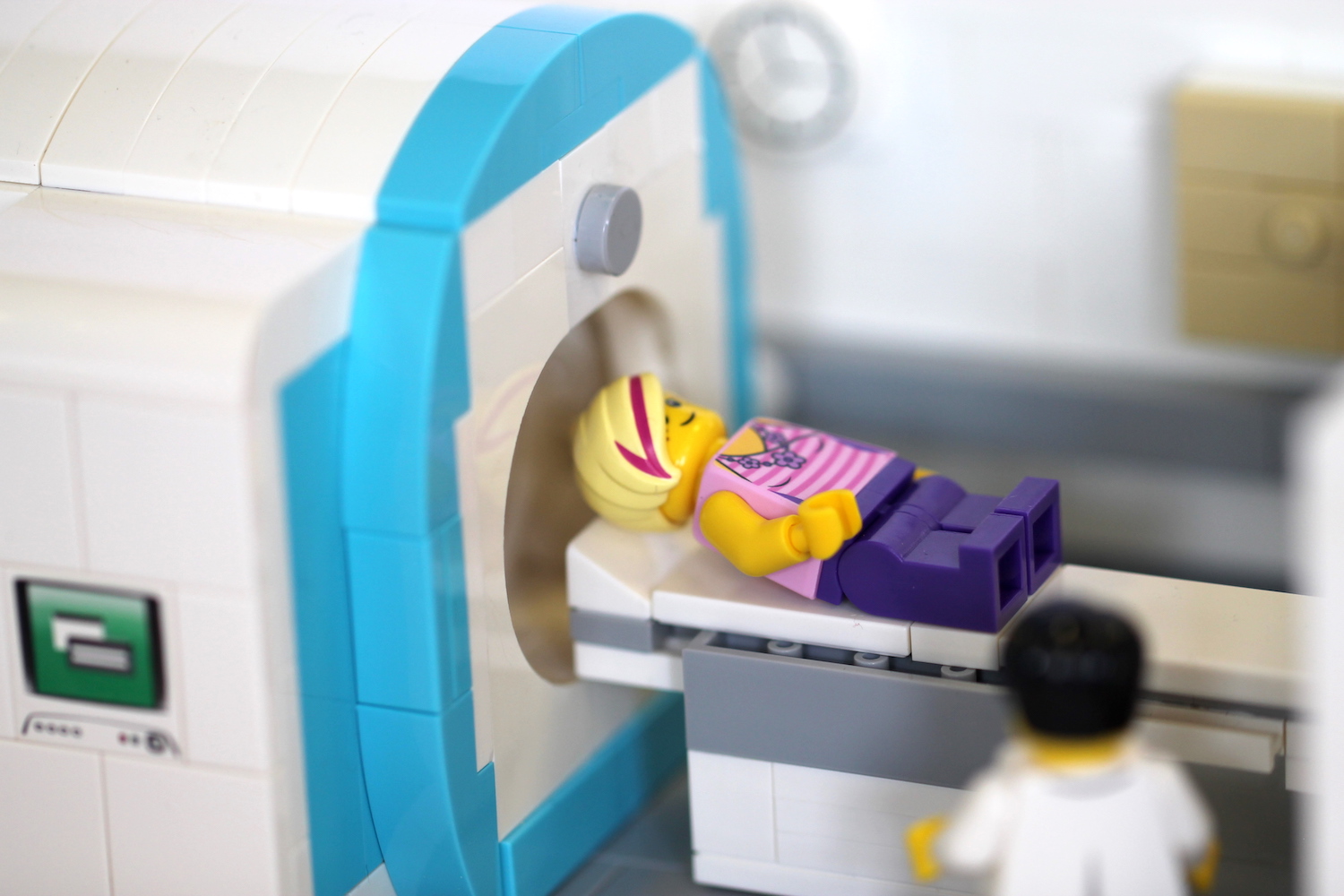
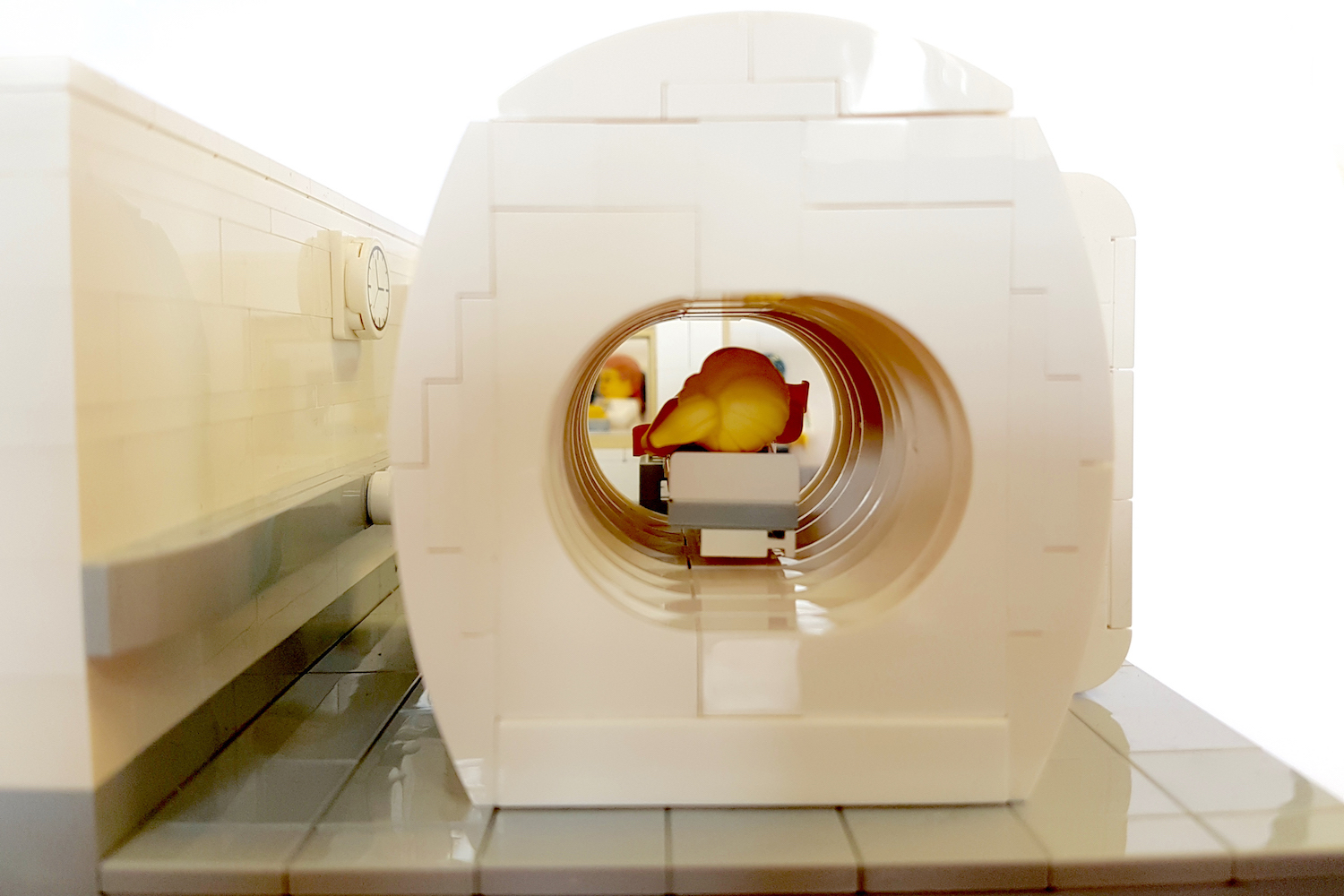
Whilst it is a painless and safe procedure, MRI scanners still present patients with an uncomfortable level of noise and require people to be as still as possible; explaining this in LEGO helps young patients realise what they need to do and what will be going on around them.
As the machine is safe to be around for the majority of people, the model allows hospital staff to show that parents and guardians will be in view, at the top of the bed or situated close by.
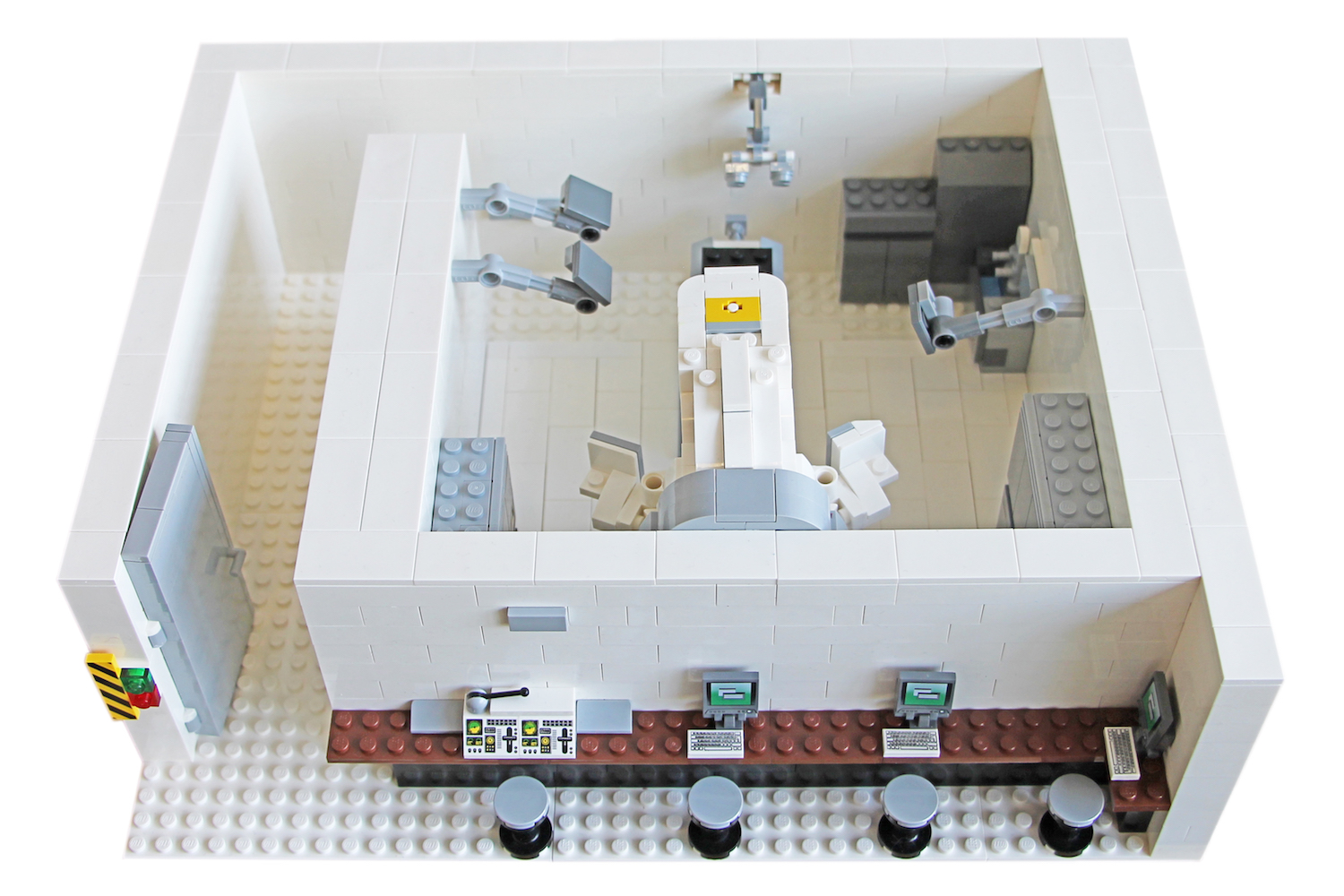
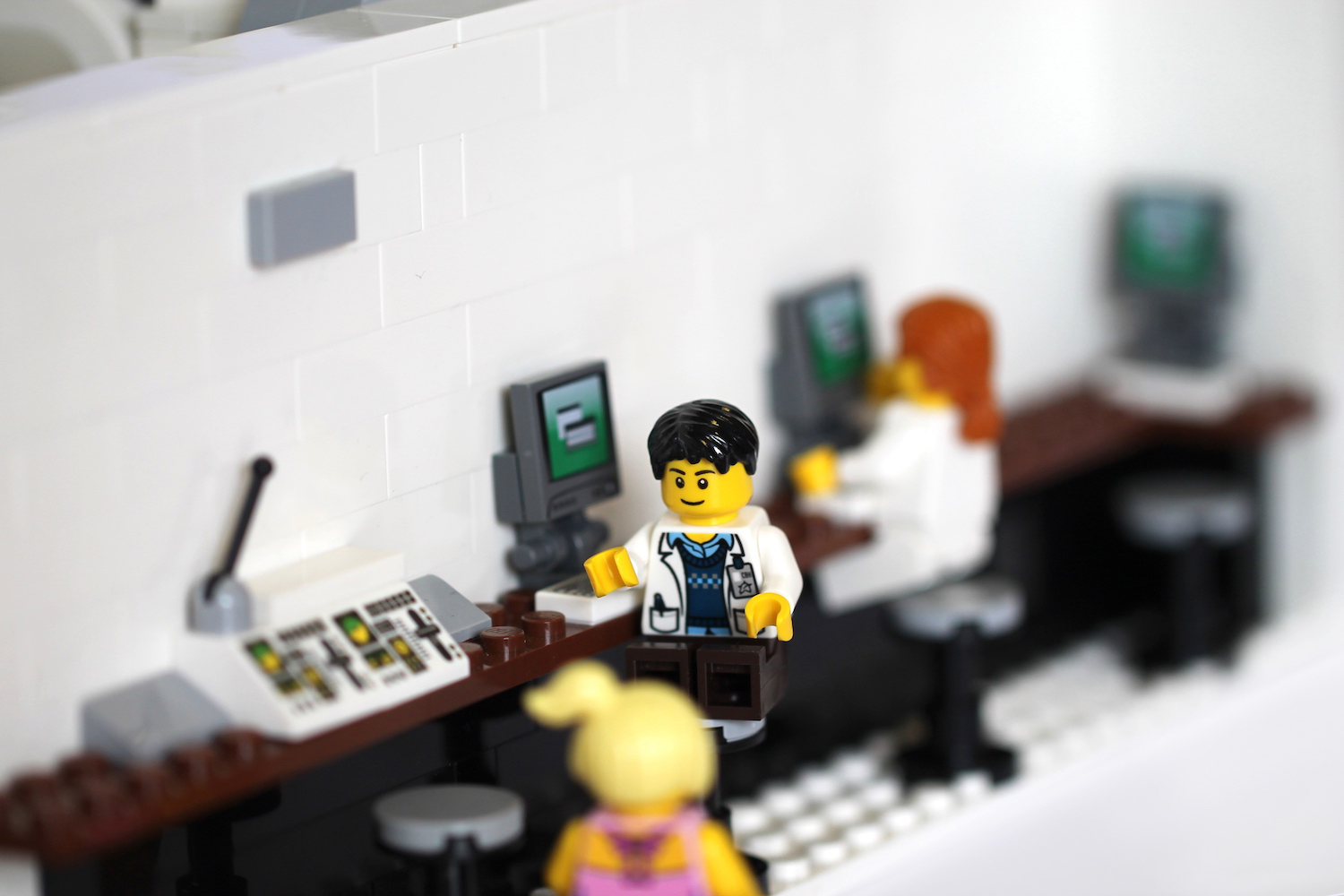
Linear Accelerators, perhaps more commonly known under the umbrella of radiotherapy, don’t allow anyone except the patient to be nearby, so the LEGO model has been built to show the space outside the room. Here, staff can demonstarte where consultants, nurses, parents and guardians can all safely stand.
In both cases, the models have been built to show the core function - the movement of the equipment. This is vital in setting expectations of the procedure.
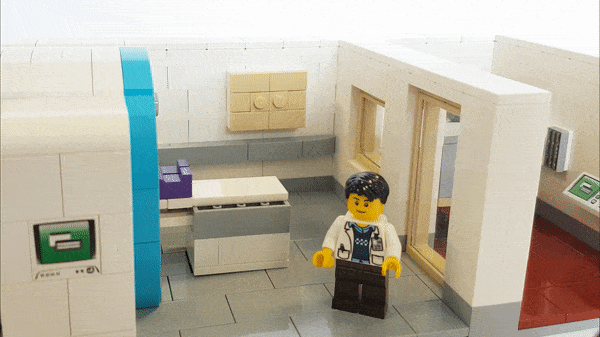

Staff at University Hospital Southampton (UHS) very kindly allowed us to visit the models and showed us around the wards where they were being used. First, we met Joanna Groves, a Health Care Play Specialist on the Ocean Ward at UHS. Jo and the team have been using the MRI scanner for a couple of months now and have already asked for a LEGO catheterisation lab to add to their collection.
Ocean Ward cares for babies, children and young people up to the age of 18 with heart or lung problems; families travel from a wide area to visit the ward given its specialism and quality of the treatment. Most of the patients were babies when we visited, but we were lucky to meet a LEGO fan, James, who was being readied to go home that day following a successful operation.
James was playing with the LEGO MRI scanner when we went in. One minifig hung upside down from the cupboard next to the scanner - that isn’t part of the normal procedure!
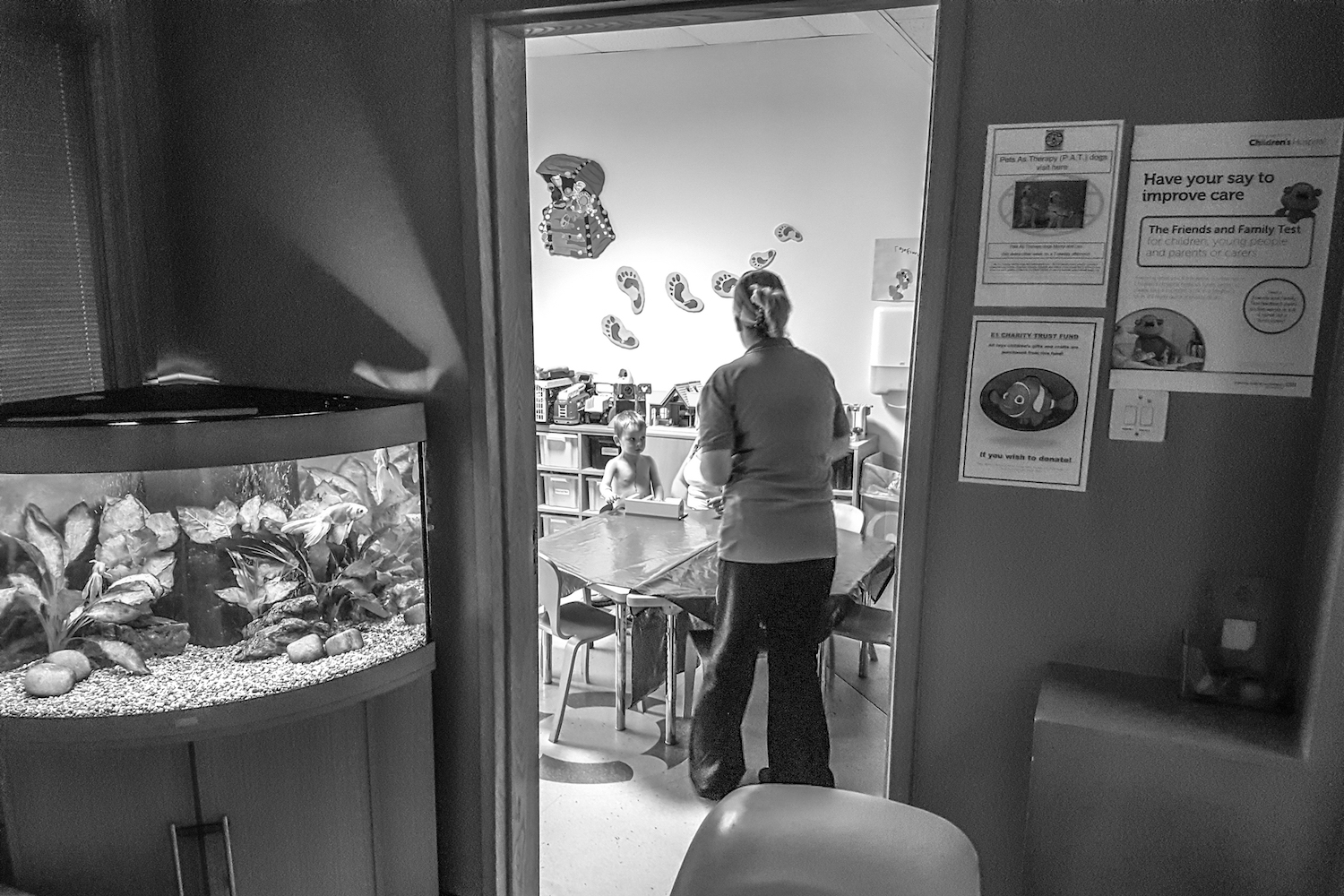
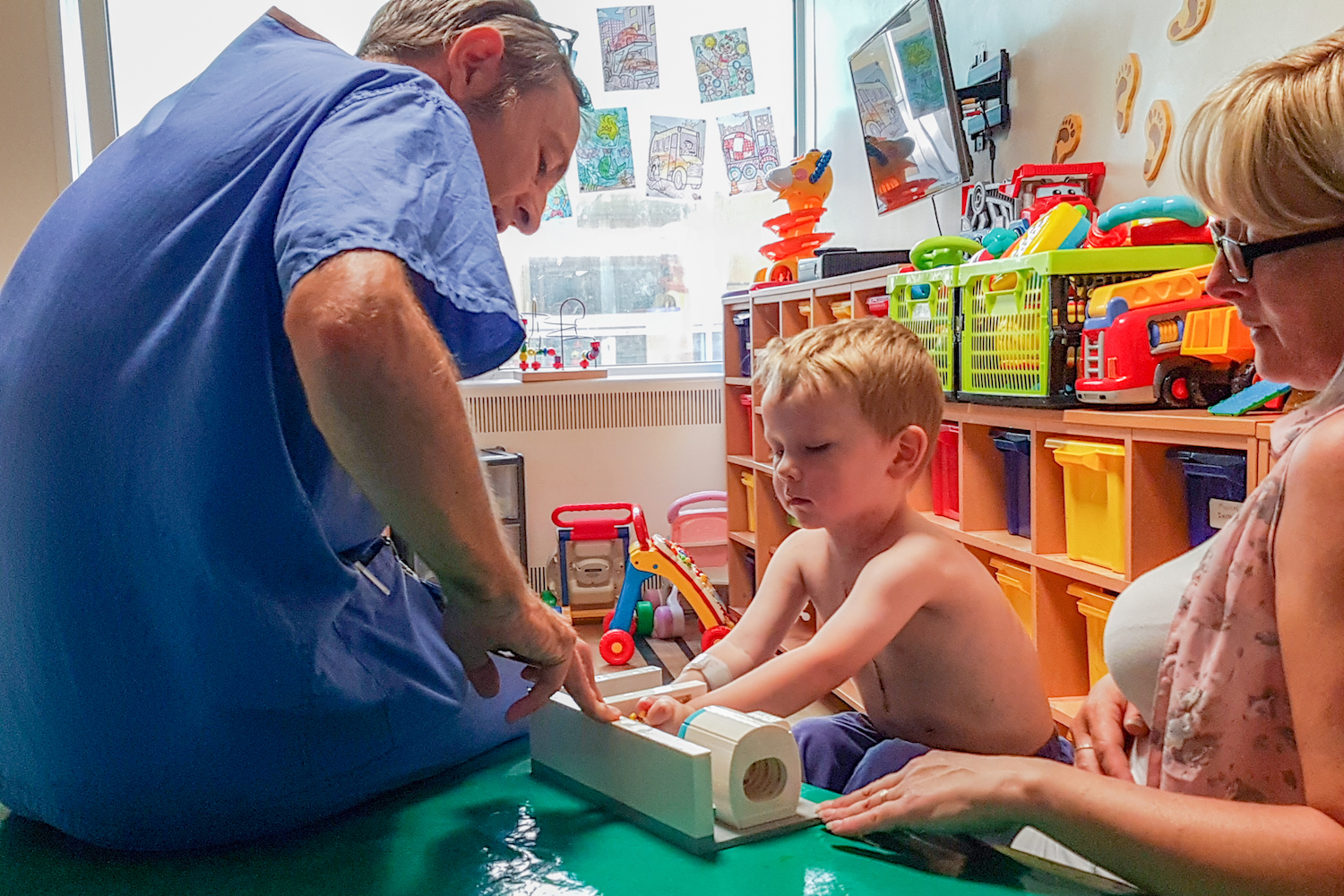
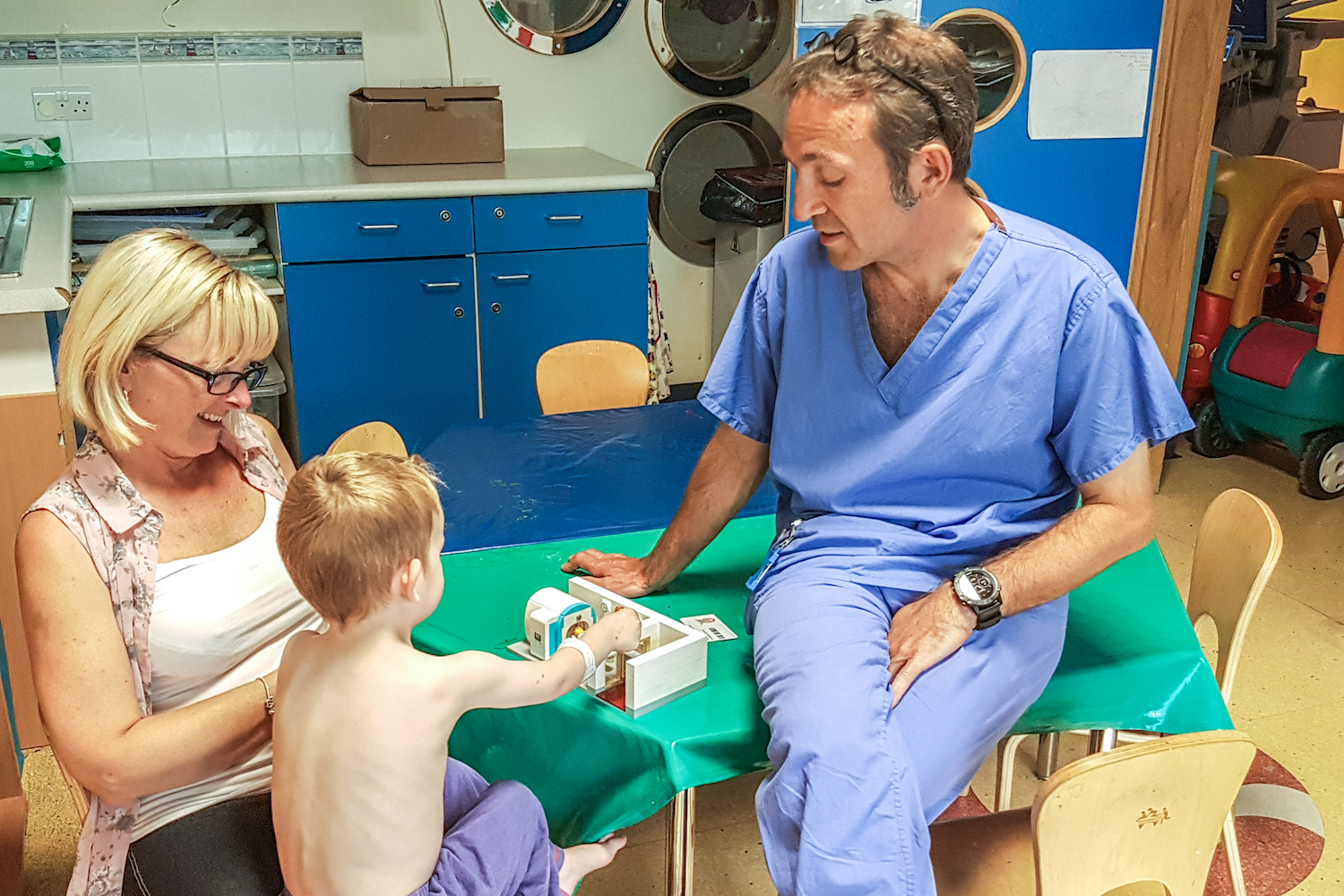
We visited the Piam Brown Unit who care for patients up to 16 years old with cancer or haematological disorders. The Unit had a LEGO MRI scanner and a LEGO Linear Accelerator, so were well-versed in using it with patients.
We spoke to Claire Pickett who explained how helpful the models had been.
I asked the consultants to agree to the purchase of the model and they started arguing about who would build it…I took that as a yes!
Of course, Bright Bricks handles the assembly of the model and the LEGO machines are glued in place to stop patients disassembling them - not the best news for those consultants in the Piam Brown Unit but it does ensures a good life-span for the model.
Claire told us stories of the children using the model and how it helped them to understand the procedure. They are introduced to the model well before they visit the real linear accelerator, which helps to acquaint them with the machine and where their parents will be - “Daddy, this is where you stand!”, Claire recalled one assertive youngster saying.
One patient had taken the model into the radiotherapy room with him, pretending to operate the rotating gantry - in an instant we could see how acclimatisation using the LEGO model had made the scariest of procedures seem normal; when you’re reliant on patients being completely still, that’s a really useful tool to have.
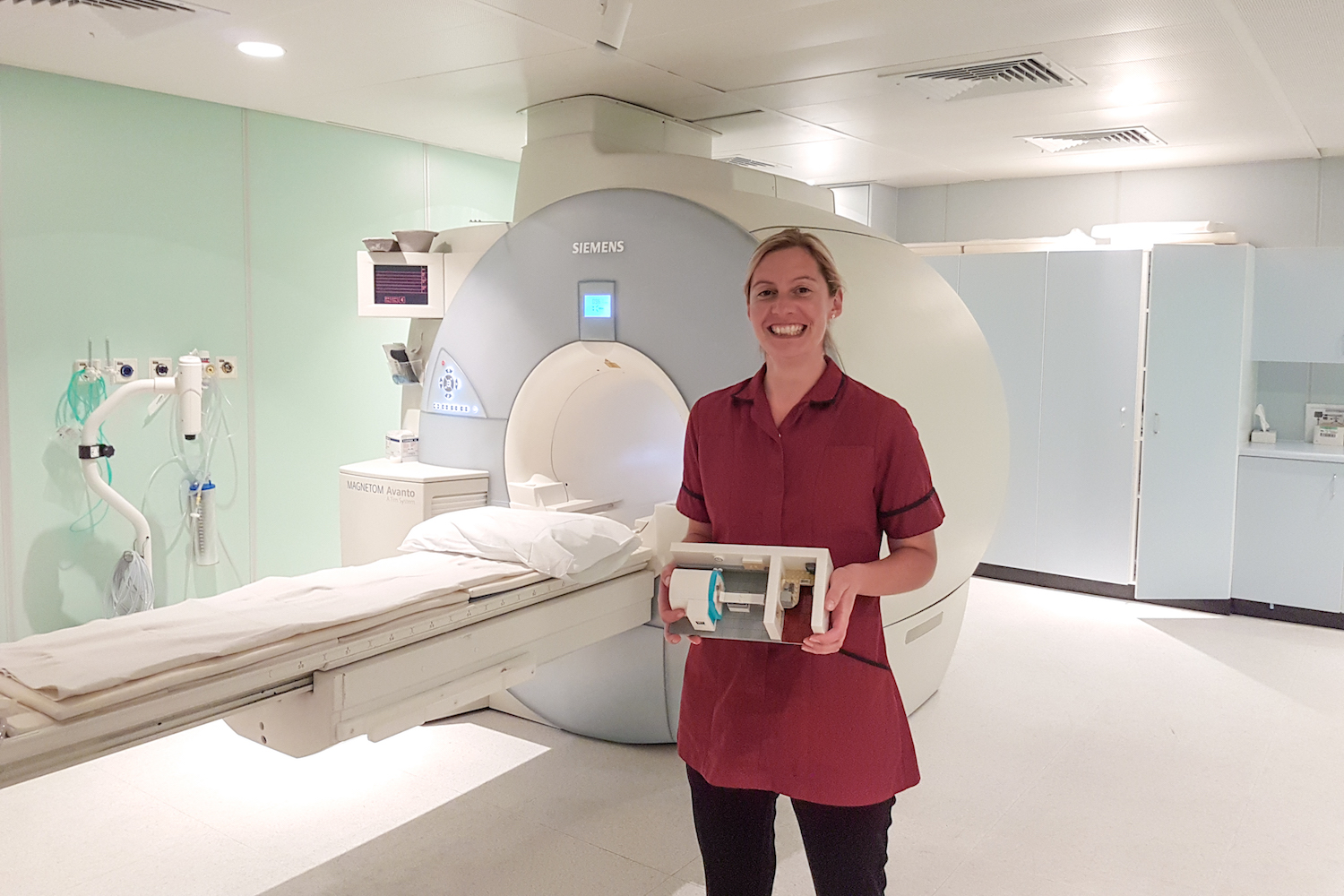
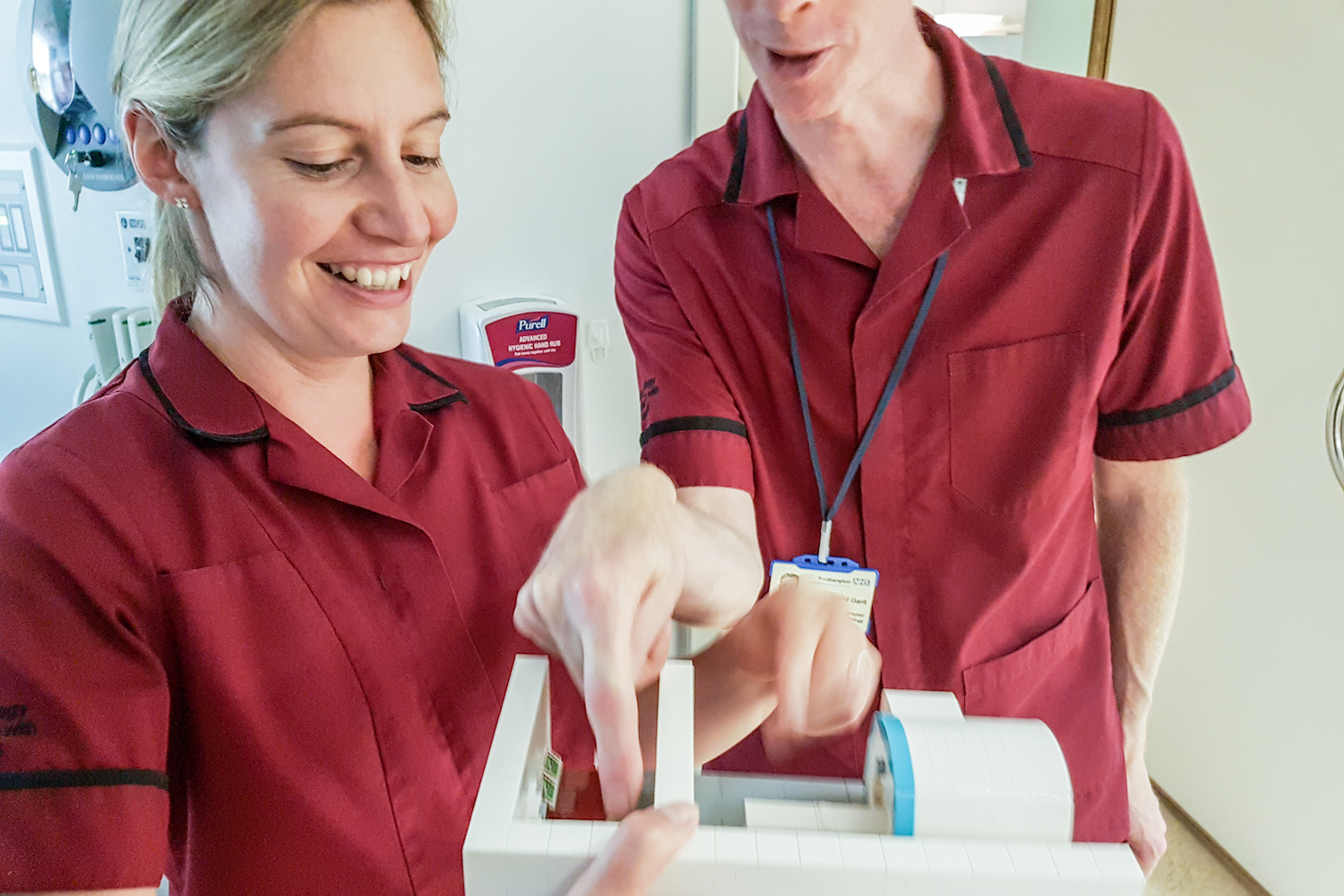
A final stop to the real MRI Scanner allowed us to fully appreciate the size of the machine. After giving us a couple of warnings about not stepping too far into the room, the staff were very happy to see the LEGO model; usually it’s reserved for the wards and units where the children spend most of their time - “they need maroon scrubs!”
We are used to stories of our models bringing joy and smiles to faces, but this was a unique experience for us. Of course, that’s still an aim of the models, but there’s a greater purpose; helping everything seem normal when in many cases it is not. The models reduce fear and increase understanding about everything that’s happening, and we’re really proud to be able make a difference in that way.
We would like to thank University Hospital Southampton for being so welcoming, and to all the staff who have supported this initiative across the NHS. It was a real privilege to meet the wonderful people at UHS and we look forward to working with them to create more models in the future.
Words and photos by Bright Bricks. Special thanks to the staff and patients at University Hospital Southampton NHS Foundation Trust.
To enquire about LEGO builds for hospitals, please email [email protected]
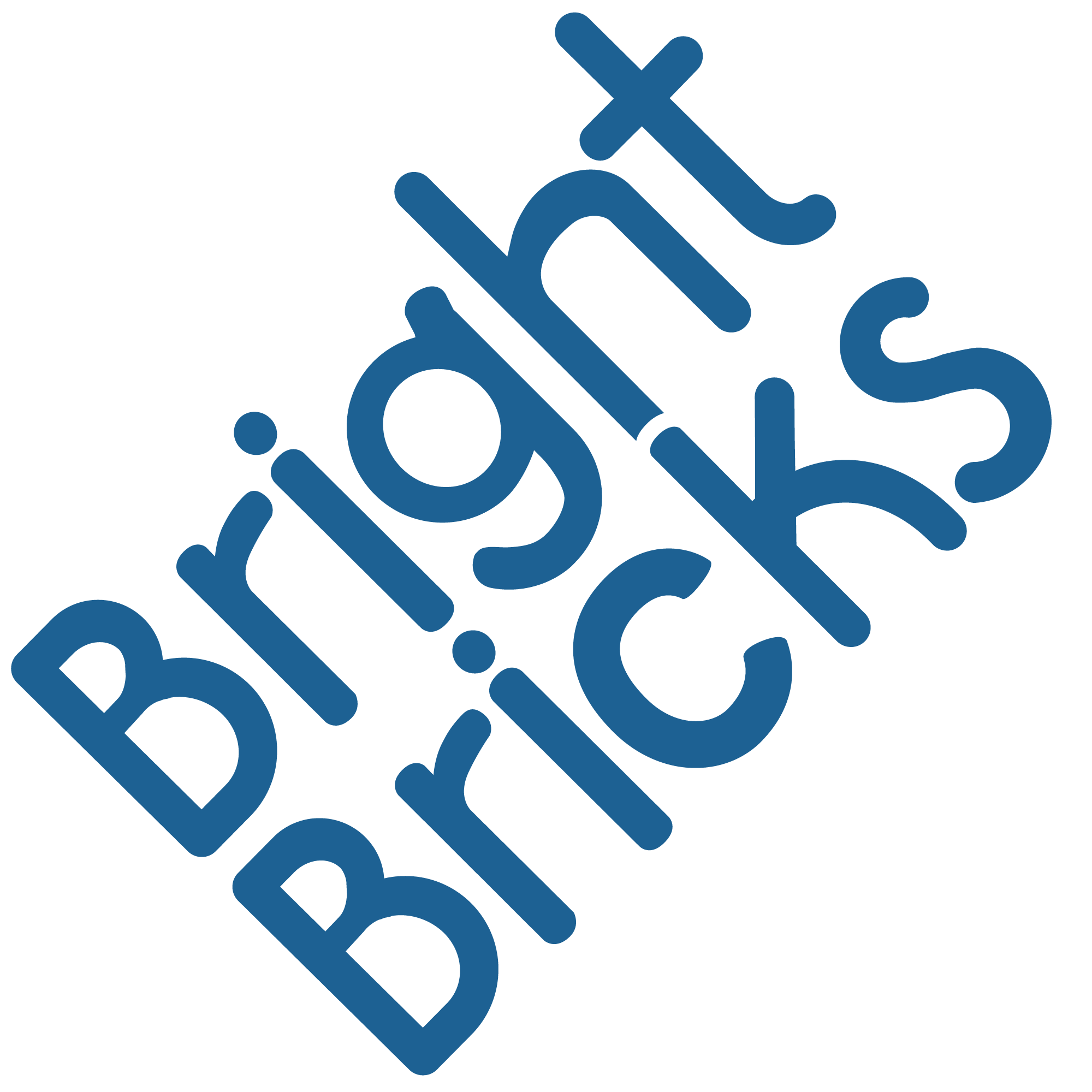
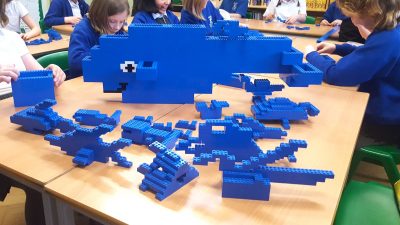

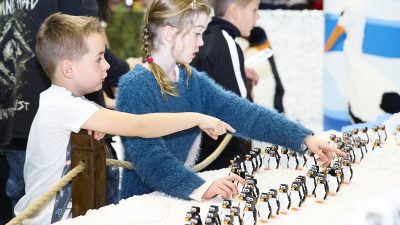
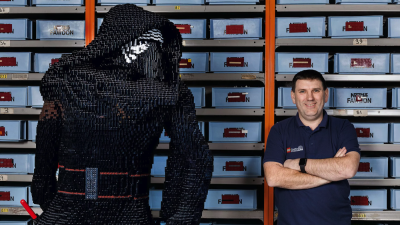
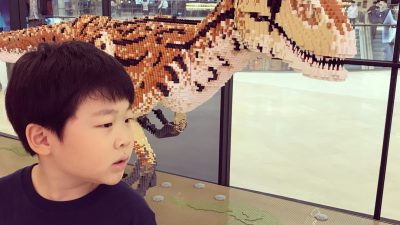
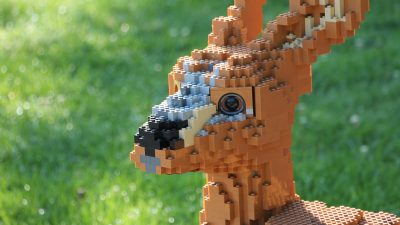
Comments